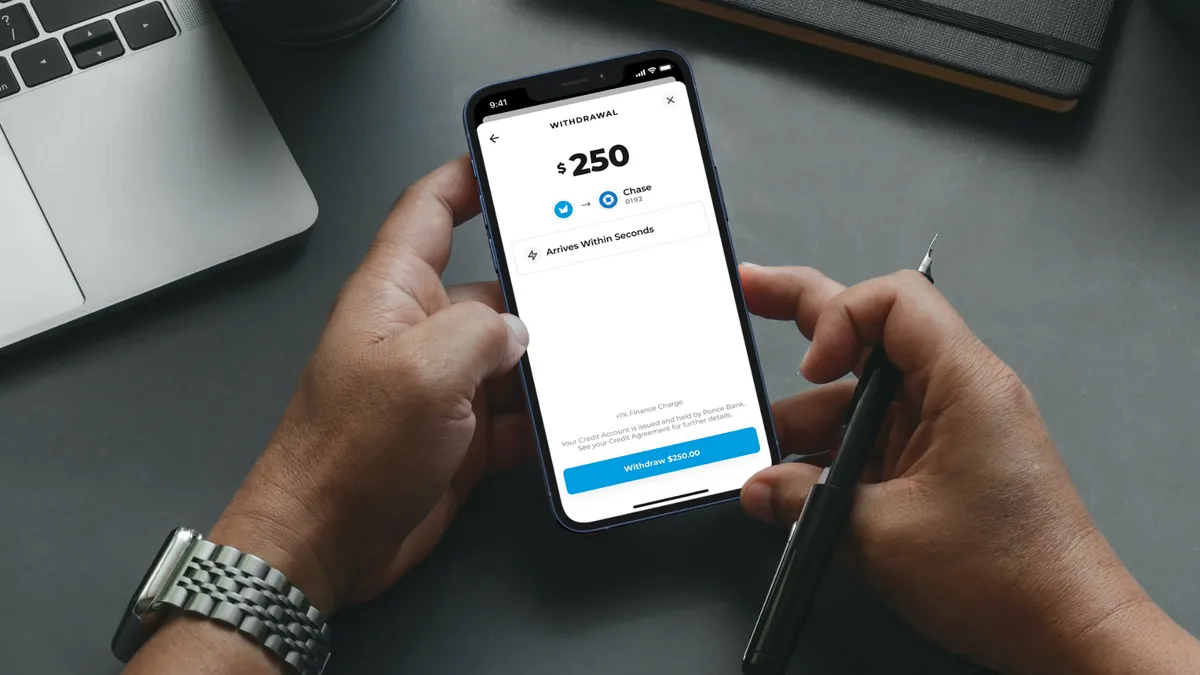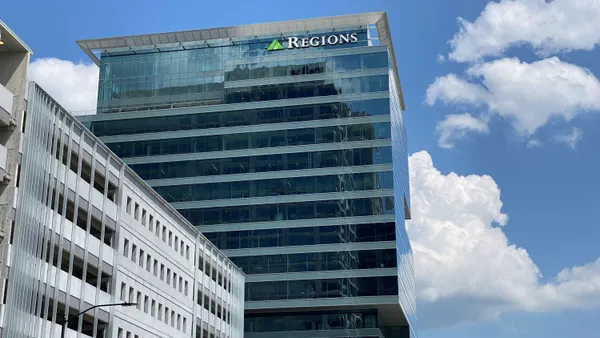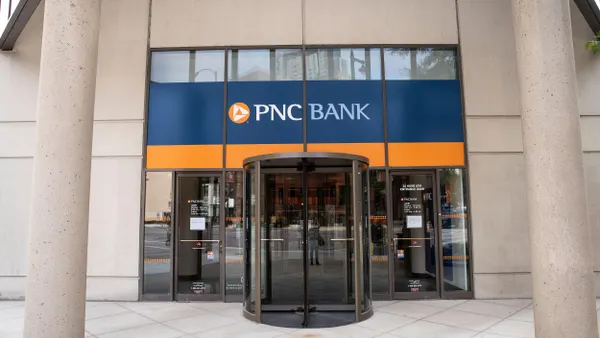No one thinks they will fall victim to fraud until it happens. FinTech products are particularly susceptible to sophisticated fraud. In 2021, 33% of United States banks’ fraud costs stemmed from digital banking – up 7% from the year before. As fraudsters start to recognize the technologies put in place by institutions, the faster they find ways around them; it may seem like a never-ending cycle that we can break. In order to prevent this, companies must be prepared to face the inevitable.
One of the best ways to do this is to have a strong first line of defense, strengthened by a ‘see something, say something’ policy. When it comes to the technology aspect, this could include a range of pre-implemented features such as ID authentication, IP and device verification and enhanced biometric reviews. For instance, Grain utilizes a 5-tier risk-based fraud mitigation system that utilizes these features. By creating systems such as this, digitally native companies that are at the highest risk for fraud can have a solid plan of action to help mitigate this risk. In addition, being able to recognize the earliest, smallest signs of fraud when it happens is key in minimizing the damages.
When it comes to recognition, the responsibility to look out for signs falls on everyone within the organization, rather than just one team. From the IT department to customer support teams, everyone can help out and help mitigate this risk by understanding the signs. By establishing a see something, say something company policy, the organization has the opportunity to investigate potential risks before they grow into larger, more complicated problems. With more team members looking out for fraud, the more likely it is to catch it at the start.
When fraud is detected, one of the first and most important steps is to identify how large of an impact it has had. Is this one person or is it a trending behavior amongst a group of multiple people/fraudsters? While fraud is serious no matter how large the impact, the size will help you assess the level of damage. From there, you will be able to form an appropriate action plan. If this is a new form of fraud, it’s critical to share it with the wider team. This way they can start to identify it in a “see something, say something” way. If it's already identified as a previous issue, the organization can then move forward by putting technological guardrails in place to ensure it doesn't happen again.
Not only is it imperative that companies have plans in place to deal with fraud prevention, but one of the most important factors is properly handling the impact of fraud aftermath. Overall, regaining organizational integrity and partner trust is crucial to maintaining the future, long-term success of the business. It's important to do a pulse check within the organizations and with industry colleagues and partners.
When picking up the pieces after fraud, open and clear communication is crucial with both customers and business partners, as well as the internal team. It’s important that companies are transparent and honest about what happened, and provide clear and frequent communication regarding the next steps in handling those who were impacted, as well as how they are actively working to make sure the same issue is not recurring in the future.
Openly speaking about experiences when it comes to fraud can serve as a great learning opportunity for others within the organization as well as other companies who might be experiencing the same issue. This way, everyone can benefit as a whole moving forward and more employees and companies are equipped with the knowledge and insight needed when detecting fraud in the future.
In addition, if customers were impacted, there needs to be increased access to customer support at this time, as it’s likely that many will have questions and need clarification. Lastly, updating technology and finding new ways to mitigate fraud is something that should be ongoing, and these efforts should be clearly communicated when facing the aftermath of fraud and rebuilding trust.
While fraud is something that fintech companies are constantly trying to avoid, it’s important to recognize that within this industry, it is inevitable. However, by implementing strategies surrounding prevention and detection, in addition to aftermath plans, the overall damage and negative impact of fraud can be significantly decreased – and both customer and stakeholder trust can be regained and supported.










